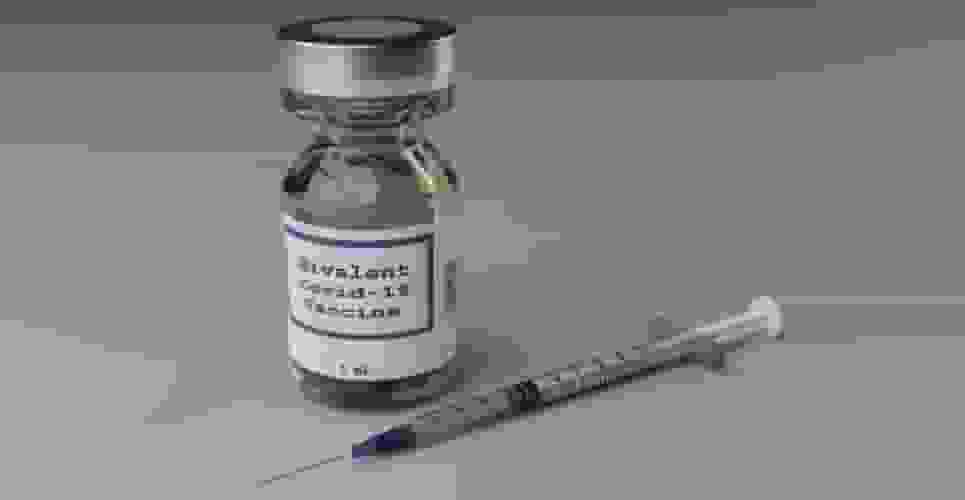
The Centers for Disease Control and Prevention stated Friday that new bivalent COVID-19 booster doses are more effective than boosters of the original immunizations in reducing hospitalization risk.
In September, the CDC suggested a bivalent booster to help protect against the omicron form. The novel booster targets both an omicron variant component and an original virus strain component to provide both broad and omicron-specific protection.
COVID-19 Booster More Effective At Preventing Death
The first trial was done in seven health systems from September 13 to November 18 when the omicron BA.5 variant, one of the targets of the bivalent injections, was the most dominant variety.
People who received the bivalent booster had a 57% lower risk of hospitalization than uninfected people and a 45% lower risk of hospitalization than people who had two to four doses of the original vaccination and their last shot 11 months or earlier.
When compared to patients who received two to four doses of the original vaccine and whose last dose was five to seven months earlier, the risk of hospitalization after the bivalent booster was 38% lower.
The boosters reduced the risks of acquiring a symptomatic infection caused by the BA.5 subvariant by 52% and the odds of getting an infection caused by XBB or XBB.1.5 by 49% in people aged 18 to 49.
The new boosters reduce the chances of getting unwell with COVID-19 by 43% for BA.5 subvariants and 40% for XBB subvariants in persons aged 50 to 64. For individuals 65 and older, the boosters reduced the likelihood of infection with symptoms by 37% and 43%, respectively, for the BA.5 and XBB subvariants.
The primary study author, Ruth Link-Gelles, a senior epidemiologist at the CDC, stated during a news conference on Wednesday that these vaccine effectiveness figures are averages.
Read more: Can COVID-19 vaccine cause cardiac arrest? Expert calls for withdrawal in the market
How Long Does The Protection Last?

For those wondering if the protection from the bivalent booster they received in September has worn off, Link-Gelles said it’s too early to tell how waning would function with these new two-strain doses.
So far, there has been minimal evidence of diminishing effectiveness two to three months after participants had their vaccinations.
According to the study’s authors, these are only estimates of how well the vaccines protect patients against an infection that causes symptoms such as coughing or fever. They are probably even more effective against more serious consequences such as hospitalization and death.
The CDC stated that it was able to examine and disseminate the data so fast due to the adoption of a shortcut. The researchers used a separate marker to discriminate between variations rather than sequencing the genomes of each good result.
To detect a positive case, the researchers utilized a series of probes or markers. Some COVID-19 virus strains include mutations in its spike protein, causing one of the test indicators to fail. This is referred to as an S-gene target failure.
In the study, test results indicating S-gene target failure were interpreted as an infection induced by a BA.5 subvariant. Those who tested positive for S-gene targets were thought to be caused by the XBB or XBB.1.5 sublineage.
Read more: China still has no action to stop the overdose crisis spreading overseas, US warns

